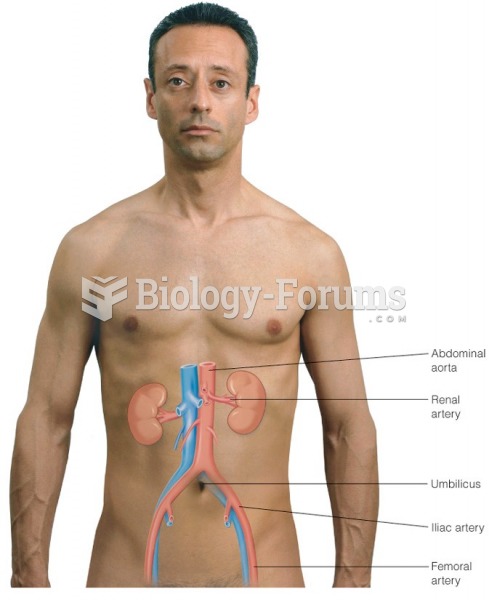|
|
|
There are 60,000 miles of blood vessels in every adult human.
Increased intake of vitamin D has been shown to reduce fractures up to 25% in older people.
More than 150,000 Americans killed by cardiovascular disease are younger than the age of 65 years.
It is believed that humans initially contracted crabs from gorillas about 3 million years ago from either sleeping in gorilla nests or eating the apes.
Chronic necrotizing aspergillosis has a slowly progressive process that, unlike invasive aspergillosis, does not spread to other organ systems or the blood vessels. It most often affects middle-aged and elderly individuals, spreading to surrounding tissue in the lungs. The disease often does not respond to conventionally successful treatments, and requires individualized therapies in order to keep it from becoming life-threatening.







